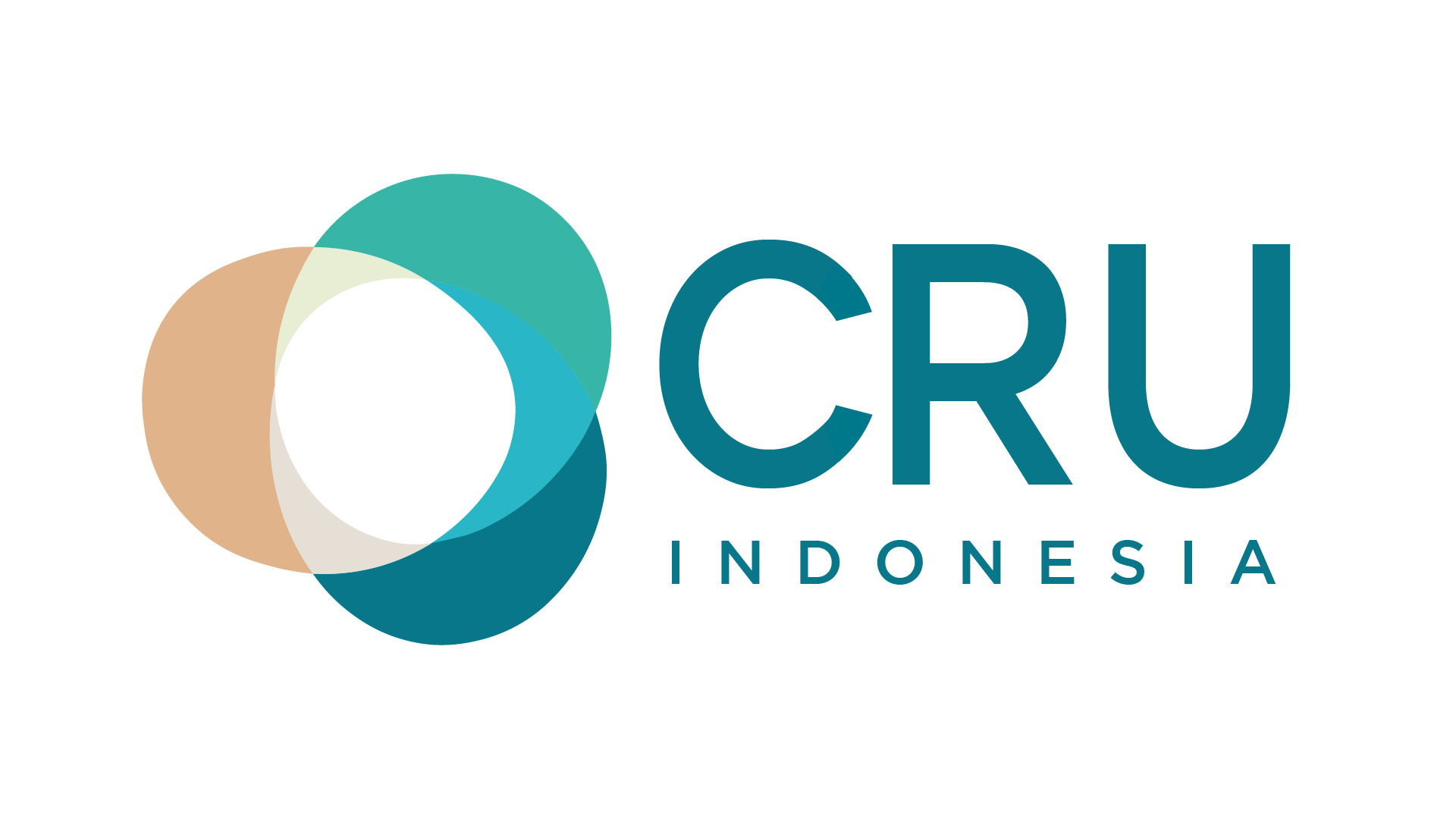“Rolls-Royce Strikes Back Against Black Smoke”: New Jet Engine Tech Promises Clean Combustion and Shakes Up Aviation Industry Standards
 16 April 2025
16 April 2025
| IN A NUTSHELL |
|
The intricate dance of innovation and science has always been at the heart of technological advancement. In recent years, the aviation industry has taken significant strides towards sustainability, driven by the need to reduce harmful emissions. A remarkable collaboration between the German Aerospace Center (DLR) and Rolls-Royce is leading this charge, focusing on cutting-edge jet engine technology. Their partnership aims to minimize the environmental footprint of aviation by tackling the complex issue of soot formation during combustion, offering a promising path to greener skies.
Understanding the Complexity of Soot Formation
Soot formation in jet engines is a critical challenge that engineers must address to reduce emissions. This fine, sticky powder results from incomplete combustion and poses significant environmental and health risks. Not only does soot contribute to climate change by absorbing sunlight—a phenomenon known as direct radiative forcing—but it also exacerbates the formation of contrails that trap heat in the Earth’s atmosphere. Addressing this issue requires a deep understanding of the combustion process and its variables.
At the forefront of this research, DLR scientists have employed advanced laser-based tools to observe combustion in real-time. These tools allow researchers to analyze the effects of even the slightest changes in boundary conditions on soot production. Such intricate studies are crucial, as they provide the reliable data needed to validate computational models and inspire further technological refinements. Through these efforts, Rolls-Royce hopes to develop cleaner, low-emission engines by understanding the direct link between combustion and emissions.
Innovative Research and Collaboration
Rolls-Royce and DLR’s partnership has been a beacon of innovation for decades, with both entities contributing significantly to the advancement of aviation technology. The collaboration has proven instrumental in enhancing Rolls-Royce’s market-leading Pearl engine family, used in long-range business jets. By improving fuel injection and reducing soot formation, these engines are setting new standards for sustainable aviation.

To support this innovation, DLR’s Institute of Combustion Technology has conducted high-pressure flame tests under turbulent conditions. The data collected from these tests have been invaluable in refining Rolls-Royce’s simulation software, the PRECISE-UNS code. Simultaneously, DLR has utilized this data to develop its own simulation tool, ThetaCOM. These tools are essential for driving innovation forward and mitigating the risks associated with costly high-TRL (Technology Readiness Level) testing. This symbiotic relationship between DLR and Rolls-Royce exemplifies the power of collaboration in achieving technological breakthroughs.
The Role of Sustainable Aviation Fuels
As the aviation industry continues its journey towards sustainability, the role of sustainable aviation fuels (SAFs) is becoming increasingly significant. Future projects by DLR and Rolls-Royce will explore how various SAFs affect soot production, aiming to support cleaner engine designs. By improving spray atomization in next-generation fuel injectors, these initiatives hope to reduce emissions further.

This exploration of SAFs is not just about reducing soot; it represents a broader commitment to environmental stewardship. By understanding the interactions between combustion technologies and alternative fuels, researchers can develop solutions that align with the industry’s sustainability goals. This approach reinforces the notion that innovation and environmental responsibility can, and should, go hand in hand.
Continuing the Legacy of Innovation
Florian Herbst, director of the DLR Institute of Propulsion Technology, highlights the importance of the ongoing collaboration with Rolls-Royce. This partnership is not only enhancing Rolls-Royce’s product portfolio but also advancing DLR’s own expertise and methodologies. By driving innovation at an early stage, the collaboration mitigates the financial risks of high-TRL testing while fostering a culture of continuous improvement.
The legacy of innovation established by Rolls-Royce and DLR serves as a testament to what can be achieved when industry leaders and research institutions join forces. As they push the boundaries of technology, they pave the way for a future where aviation can thrive without compromising the health of our planet. Their efforts remind us of the power of collaboration and the limitless potential of human ingenuity.
As we look to the future, the question remains: How will the aviation industry continue to evolve in response to the growing demands for sustainability and reduced emissions? The answer will undoubtedly shape the skies of tomorrow.
The post “Rolls-Royce Strikes Back Against Black Smoke”: New Jet Engine Tech Promises Clean Combustion and Shakes Up Aviation Industry Standards appeared first on Sustainability Times.

 Soot formation in jet engines poses environmental and health risks, contributing to climate change and atmospheric heating.
Soot formation in jet engines poses environmental and health risks, contributing to climate change and atmospheric heating. A collaboration between the German Aerospace Center and Rolls-Royce aims to develop cleaner, low-emission aviation technology.
A collaboration between the German Aerospace Center and Rolls-Royce aims to develop cleaner, low-emission aviation technology. Advanced laser-based tools and simulation software are enhancing the study of combustion processes and reducing emissions.
Advanced laser-based tools and simulation software are enhancing the study of combustion processes and reducing emissions. Future projects will explore the impact of sustainable aviation fuels on soot production to promote greener engine designs.
Future projects will explore the impact of sustainable aviation fuels on soot production to promote greener engine designs.